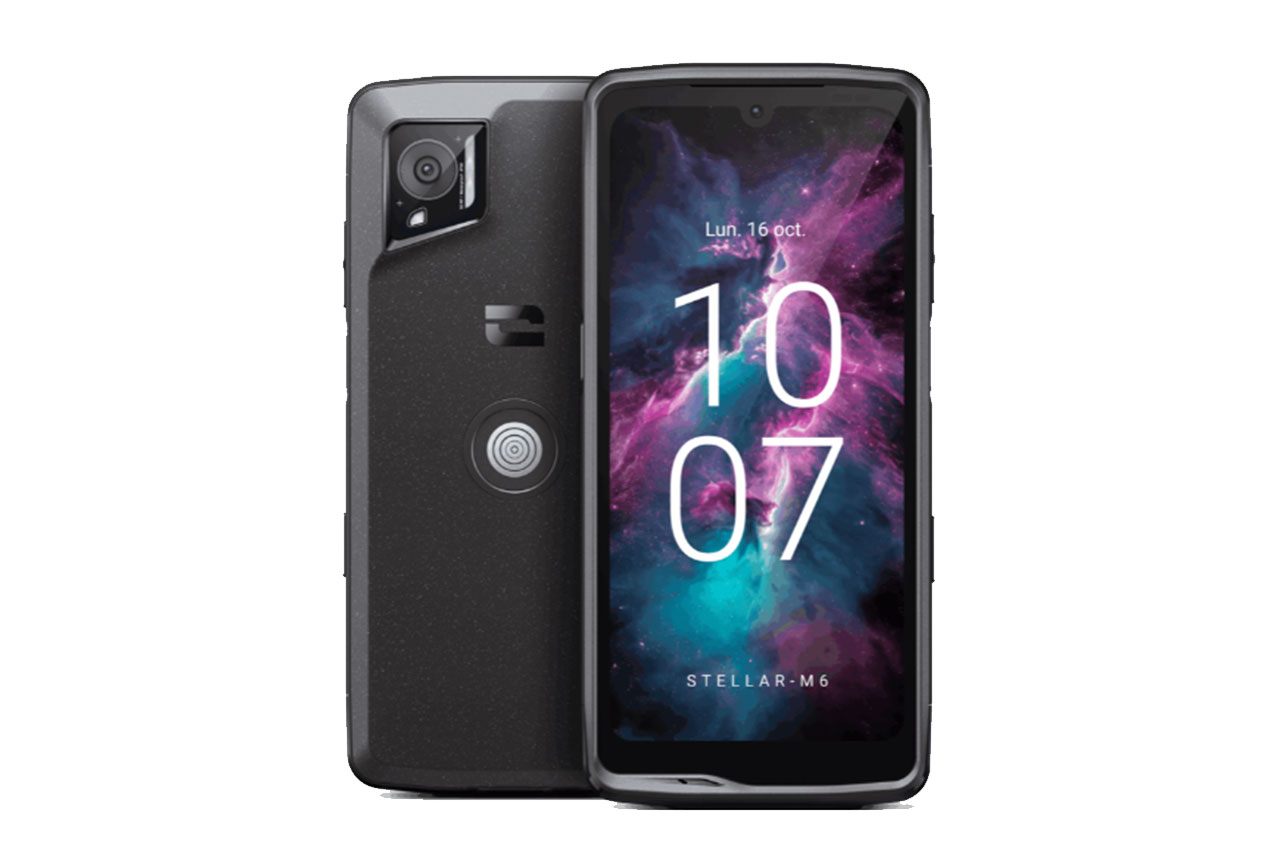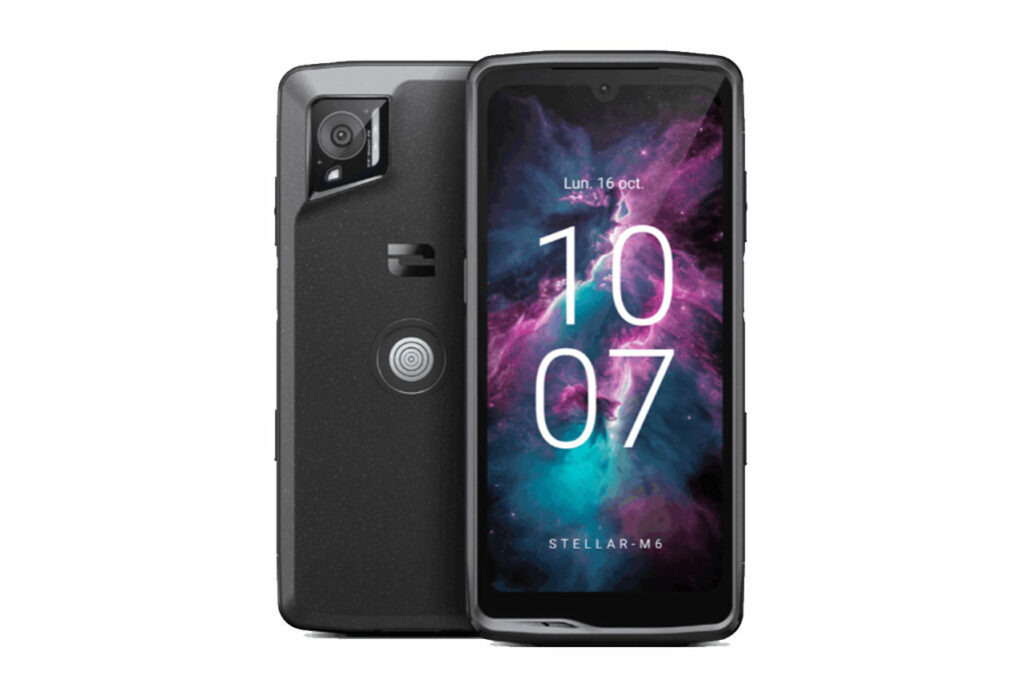We put the Crosscall Stellar-M6 through our rigorous DXOMARK Camera test suite to measure its performance in photo, video, and zoom quality from an end-user perspective. This article breaks down how the device fared in a variety of tests and several common use cases and is intended to highlight the most important results of our testing with an extract of the captured data.
Overview
Key camera specifications:
- Primary: 50MP PDAF
Scoring
Sub-scores and attributes included in the calculations of the global score.

Crosscall Stellar-M6


Use cases & Conditions
Use case scores indicate the product performance in specific situations. They are not included in the overall score calculations.
Outdoor
Photos & videos shot in bright light conditions (≥1000 lux)
Indoor
Photos & videos shot in good lighting conditions (≥100lux)
Lowlight
Photos & videos shot in low lighting conditions (<100 lux)
Friends & Family
Portrait and group photo & videos
Pros
- Fairly accurate target exposure in bright conditions when taking photos and videos
- Neutral white balance in bright conditions
- Stable autofocus that is also fast in outdoor conditions
Cons
- In photo, slow exposure time in all conditions, leading to motion blur
- Limited dynamic range in high dynamic scenes
- Low on details in all conditions, with a high level of noise in photo and video
- Noticable artifacts such as ghosting, color quantization, hue shift
- Lack of bokeh effect with tele and ultra-wide module
- In video, visible exposure and autofocus instabilities in all conditions
- Video stabilization is not very efficient when in motion
- White balance adaptation issues are sometimes visible
The Crosscall Stellar-M6’s single main camera delivered images with below-average quality for its High-end price segment. Even though the device is known for its solid build, the camera’s very limited performance in conditions other than ideal makes it unlikely to even appeal to users who need to take an occasional photo or video when out in the field.
Target exposure and white balance were often on point, but only in bright conditions. Even in bright conditions, photos would sometimes be blurry because of a slow exposure time. Dynamic range was also quite limited, with resulting images containing a low level of details and a high level of noise.
When taking videos, the camera’s video stabilization was inefficient, adding to the instabilities seen in exposure, autofocus, and color.
Test summary
About DXOMARK Camera tests: DXOMARK’s Camera evaluations take place in laboratories and in real-world situations using a wide variety of subjects. The scores rely on objective tests for which the results are calculated directly by measurement software on our laboratory setups, and on perceptual tests in which a sophisticated set of metrics allow a panel of image experts to compare aspects of image quality that require human judgment. Testing a smartphone involves a team of engineers and technicians for about a week. Photo, Zoom, and Video quality are scored separately and then combined into an Overall score for comparison among the cameras in different devices. For more information about the DXOMARK Camera protocol, click here. More details on smartphone camera scores are available here. The following section gathers key elements of DXOMARK’s exhaustive tests and analyses. Full performance evaluations are available upon request. Please contact us on how to receive a full report.
Photo
Crosscall Stellar-M6
169
For scoring and analysis, DXOMARK engineers capture and evaluate more than 2,600 test images both in controlled lab environments and in outdoor, indoor and low-light natural scenes, using the camera’s default settings. The photo protocol is designed to take into account the main use cases and is based on typical shooting scenarios, such as portraits, family, and landscape photography. The evaluation is performed by visually inspecting images against a reference of natural scenes, and by running objective measurements on images of charts captured in the lab under different lighting conditions from 1 to 1,000+ lux and color temperatures from 2,300K to 6,500K.
Zoom
Crosscall Stellar-M6
169
DXOMARK engineers capture and evaluate over 400 test images in controlled lab environments and in outdoor, indoor, and low-light natural scenes, using the camera’s default settings and pinch zoom at various zoom factors from ultra wide to very long-range zoom. The evaluation is performed by visually inspecting the images against a reference of natural scenes, and by running objective measurements of chart mages captured in the lab under different conditions from 20 to 1000 lux and color temperatures from 2300K to 6500K.
Video
Crosscall Stellar-M6
159
DXOMARK engineers capture and evaluate more than 2.5 hours of video in controlled lab environments and in natural low-light, indoor and outdoor scenes, using the camera’s default settings. The evaluation consists of visually inspecting natural videos taken in various conditions and running objective measurements on videos of charts recorded in the lab under different conditions from 1 to 1000+ lux and color temperatures from 2,300K to 6,500K.



